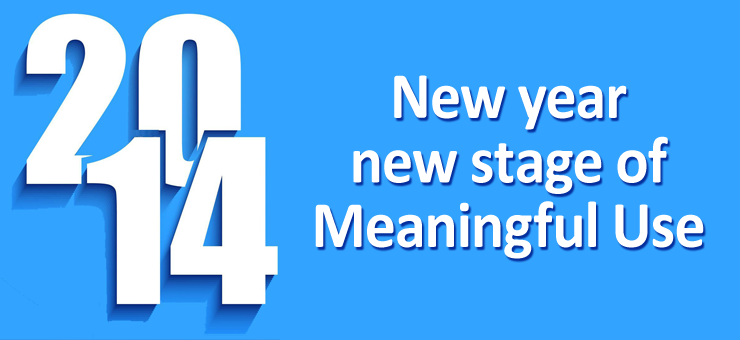You heard it right. January 1, 2014 marked the beginning of the first period for providers to attest under Stage 2 of the Meaningful Use program.
2014 is an important year for the healthcare industry, as ICD-10 will kick into action in less than 8 months’ time from now. Therefore, attest for Stage 2 as soon as possible, so you have fewer headaches later in the year.
However, just for 2014, the government is trying to make it easier for the physicians. As per the rule, providers who are in their second year of the Medicare Meaningful Use program, will only have to attest for a 90-day period. This means that each provider will have four chances to attest for Stage 2, but as stated previously, it is better to attest as early as possible so you can shift your attention to ICD-10. In case you miss Q1 for Stage 2 attestation, you should do it no later than Q2.
I understand this is not going to be easy – especially considering Stage 2’s advanced measures. However, let me give you a few ideas about attesting for the new stage of the Program.
Engage patients
Today’s providers are being directed to take patient-specific actions. Under Stage 2 reporting measures, at least 5% of your unique patients must send secure messages to your practice. In addition, 5% patients that you attend to during the reporting period, must view, download or transmit their health information to a third party.
A patient portal can prove to be especially useful in meeting these goals, but you need to convince the patients to actively use it. You and your operational staff should be advocates for technology and must encourage patients to make the best use of this useful resource.
Analyze your Stage 1 workflows to improve Stage 2 output
While majority of the Stage 1 measures have been retained in Stage 2, the reporting thresholds are now more challenging. You should analyze the problem areas in Stage 1 and make the adjustments you need to make, to improve the workflows in Stage 2.
For example, under Stage 1, each provider had three business days to send a clinical summary to the patient, this has been reduced to only one day under Stage 2. Obviously, you would need to improve your workflows to accomplish this.
Make an early Security Risk Assessment (SRA)
It is crucial to do a Security Risk Assessment (SRA) within the reporting period. It may not be as fun as e-Prescribing or capturing family health history, but it is crucial to get it done as soon as possible. The Centers for Medicare and Medicaid Services (CMS) has a sheet full of helpful tips on SRA to assist you.
Generally speaking, the SRA must be done within the same reporting period, for which the provider is attesting. In case you have multiple providers who are looking to attest for Stage 2 in different quarters of 2014, you will need to do the SRA in every quarter in which a provider attests.
2014 has just begun and it wouldn’t be long before you will have to deal with multiple changes in the industry. Stage 2 is a tough ask for providers and you need to be on pace as early as possible in order to successfully negotiate this challenge.

Join the Discussion!